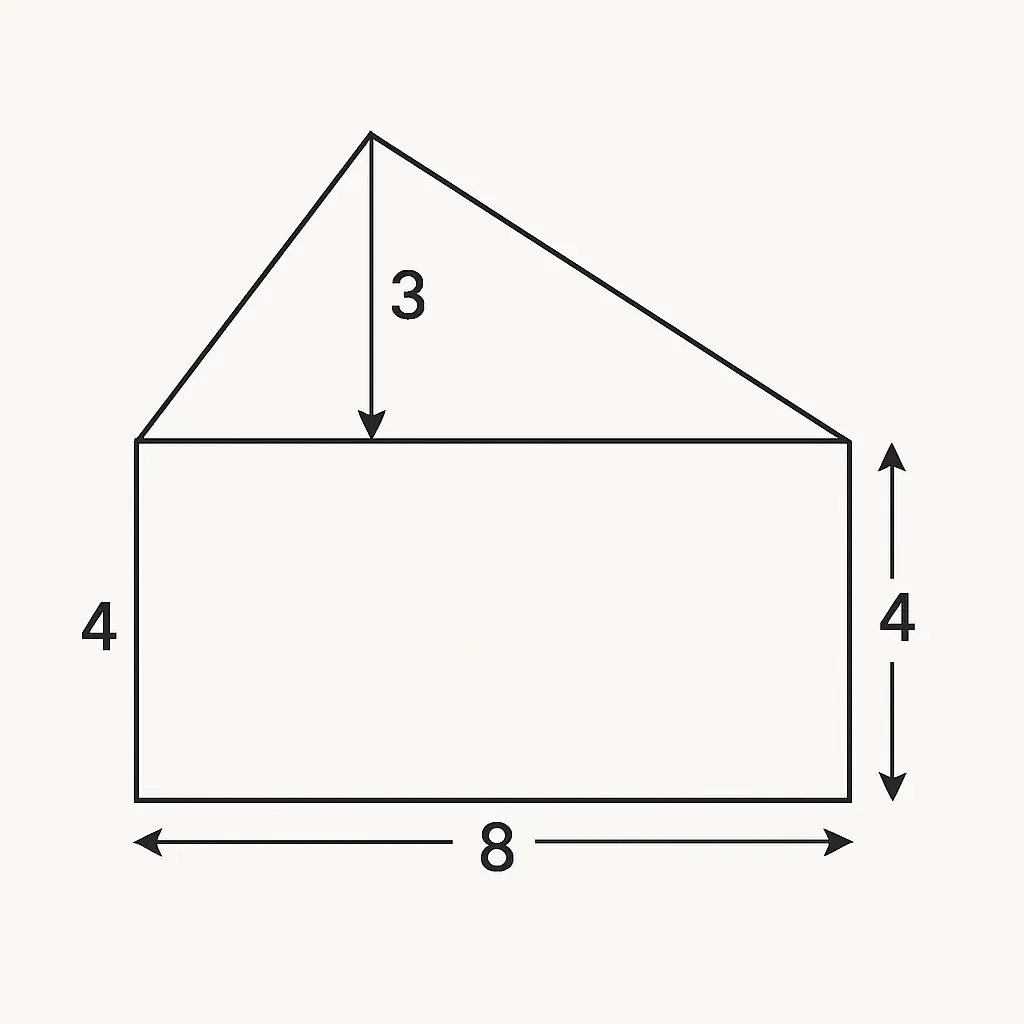Shopping cart
Hello There!
Welcome to GattPrep, your Guide for Life and Learning
Imagine you’re designing a farm, painting your bedroom wall, or even measuring a football pitch. You’ll need to know how long things are and how much space they cover. In mathematics, we call these measurements length and area.
This lesson will guide you through finding the perimeter (total length around a figure) and area (space inside a shape) of common plane figures like squares, rectangles, triangles, circles, and compound shapes.
Plane figures are flat shapes that lie on a single surface. They include 2D shapes like squares, rectangles, triangles, parallelograms, and circles.

Perimeter is the total distance around the edge of a shape. You add up all the sides.
| Shape | Perimeter Formula | Example |
|---|---|---|
| Square | Side = 6 cm → P = 24 cm | |
| Rectangle | l = 8 cm, w = 5 cm → P = 26 cm | |
| Circle | r = 7 cm → C ≈ 44 cm |
Note: Use π = 3.14 unless told otherwise.
Area tells us how much surface a figure covers. We measure area in square units like cm² or m².
| Shape | Area Formula | Example |
|---|---|---|
| Square | s = 5 cm → A = 25 cm² | |
| Rectangle | l = 10 cm, w = 4 cm → A = 40 cm² | |
| Triangle | b = 6 cm, h = 3 cm → A = 9 cm² | |
| Circle | r = 4 cm → A ≈ 50.24 cm² |
Sometimes, shapes are made by joining two or more basic shapes (e.g., a rectangle attached to a triangle). To find the area:

Example 1: Find the perimeter and area of a square with side 9 cm.
Example 2: A rectangular field is 25 m long and 15 m wide. Find:
Example 3: A compound shape consists of a rectangle (6 cm by 4 cm) and a triangle on top (base 6 cm, height 3 cm).
Where might you use perimeter and area in real life? Try measuring the walls, garden, or school compound around you. What do you notice about the shapes and how they’re combined?